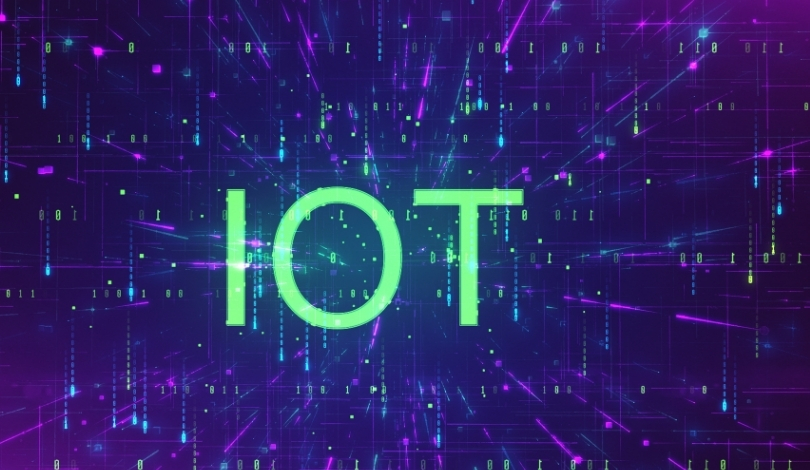Businesses operating internationally often struggle with gaps in IoT coverage, particularly in remote and challenging environments. Addressing this issue, Iridium Communications Inc. and Deutsche Telekom have announced an agreement to combine satellite and terrestrial connectivity for enhanced global reach. Their collaboration leverages Iridium NTN DirectSM and Deutsche Telekom’s IoT network to provide customers with direct-to-device coverage from virtually anywhere in the world. As companies look to streamline their logistics and improve device management, this partnership promises a practical solution for reliable connectivity.
Earlier reports revealed Deutsche Telekom’s focus on expanding IoT through partnerships with various satellite operators, but those efforts were limited by non-standard protocols or partial coverage. The current integration of Iridium NTN Direct – a 3GPP standards-based 5G NB-IoT service – sets it apart by offering seamless roaming and direct-to-device connectivity over the entire Iridium LEO satellite constellation. Compared to past strategies, the move towards standardized 5G-enabled IoT solutions reflects a shift towards more interoperable and scalable services. This development brings a significant improvement in network resilience and device compatibility for global IoT deployments.
What Drives the Iridium-Deutsche Telekom Collaboration?
The joint effort aims to merge satellite and terrestrial infrastructure, allowing Deutsche Telekom’s customers to access Iridium’s low-earth orbit (LEO) network with reliable NB-IoT connectivity. With this approach, assets and sensors in isolated, underserved, or weather-exposed locations can remain connected even where traditional mobile networks do not reach. The initiative targets sectors such as logistics, agriculture, and utilities, ensuring continuity for mission-critical operations worldwide. Matt Desch, CEO of Iridium, stated:
“Iridium NTN Direct is designed to complement terrestrial networks like Deutsche Telekom and provide seamless global coverage, extending the reach of their own infrastructure.”
How Will Deutsche Telekom Customers Benefit?
Once the integration is complete and commercial launch is achieved—projected for 2026—Deutsche Telekom’s IoT subscribers will be able to utilize Iridium’s L-band satellite service for roaming. Applications include asset tracking, status reporting, and messaging for industrial systems, vehicles, and smart agriculture infrastructure. Satellite connectivity will serve as a reliable back-up for operations affected by harsh weather or located outside terrestrial coverage. Jens Olejak, Head of Satellite IoT at Deutsche Telekom, highlighted:
“We look forward to integrating Iridium as our next non-terrestrial roaming partner for IoT connectivity. By providing our customers with access to Iridium’s extensive LEO satellite network, they will benefit from broadened global NB-IoT coverage to reliably connect sensors, machines and vehicles.”
What Makes Iridium’s Network Stand Out?
Iridium’s use of L-band spectrum and a fully global, pole-to-pole constellation distinguishes its network from geostationary competitors, as it can maintain connectivity under both routine and severe weather conditions. Its LEO architecture also reduces latency and increases coverage angles, ensuring consistency in high-demand use cases where uninterrupted data transfer is crucial. Iridium and Deutsche Telekom plan to complete technical and commercial preparations with a full roaming agreement, providing integrated support for IoT devices across both satellite and terrestrial networks.
As the IoT sector matures, practical integration between satellite and terrestrial services is gaining traction, driven by the need for standards-based, scalable connectivity. Companies deploying large-scale sensor networks or operating across multiple regions require solutions that work regardless of local network limitations or environmental difficulties. Customers interested in ensuring uninterrupted IoT device operation may benefit from assessing the compatibility of their existing systems with emerging 3GPP-standardized 5G devices. This trend suggests that reliable connectivity will become increasingly available for critical infrastructure and mobile assets located beyond the reach of traditional cellular coverage.










